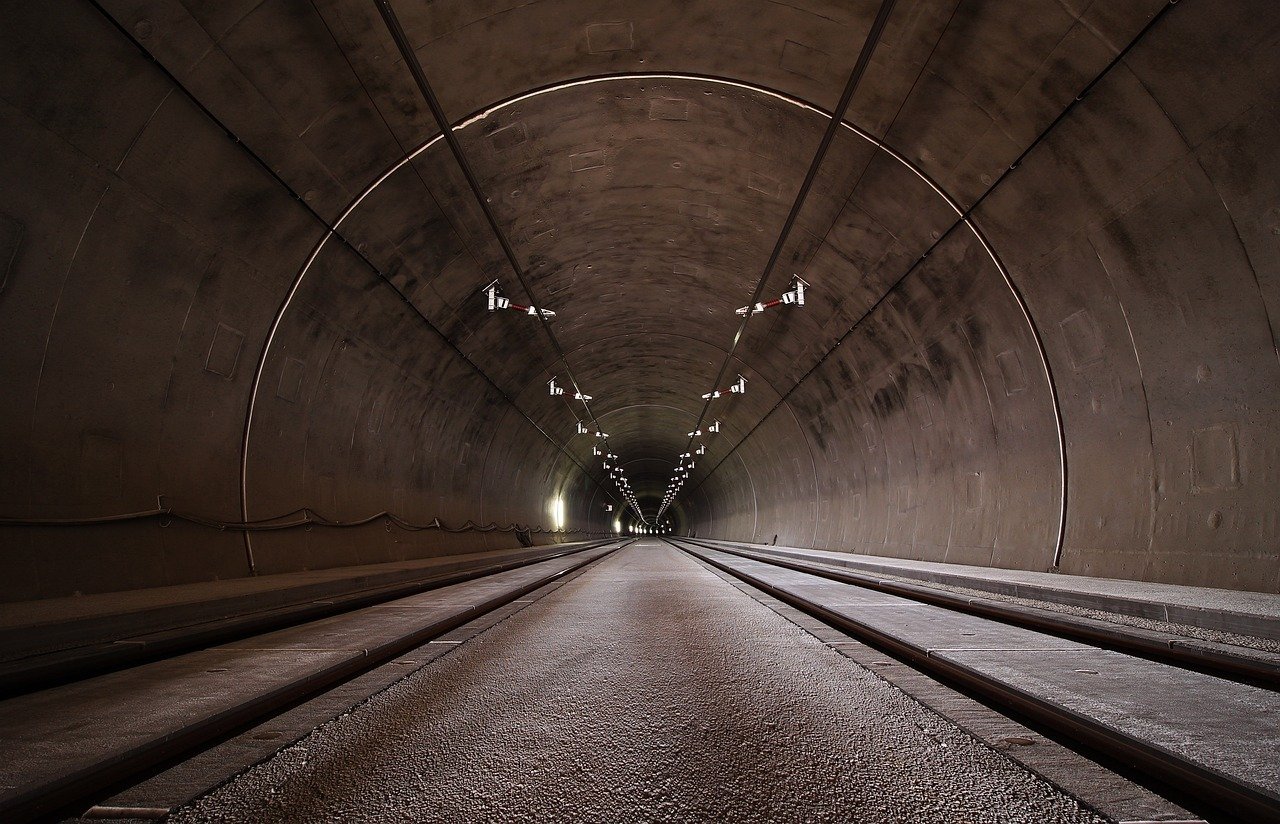The National Highways Authority of India (NHAI) is exploring cutting-edge technologies aimed at revolutionizing road infrastructure by creating pothole-free highways.
This initiative includes pioneering advancements in self-healing roads, incorporating technologies designed to enable roads to automatically repair themselves under specific conditions.
Understanding Self-Healing Road Technologies
Several innovative technologies are currently under development to achieve self-repairing capabilities in roads:
- Microencapsulation: This technology involves embedding microcapsules filled with healing agents into the asphalt mix. When cracks form, these capsules rupture, releasing the healing agent to seal the cracks. Notably, Delft University of Technology in the Netherlands has extensively researched this approach.
- Induction Heating: Integrating steel fibers into the asphalt mix, this method utilizes induction machines to heat these fibers when cracks appear. The heated fibers melt the surrounding asphalt, effectively sealing the crack. Testing of this technology is underway in the Netherlands and China.
- Bacteria-Based Self-Healing: Research conducted at Binghamton University in New York focuses on utilizing bacteria to produce calcium carbonate, which can effectively seal cracks in concrete roads.
- Rejuvenator Capsules: Similar to microencapsulation, rejuvenator capsules contain a specialized agent that softens the surrounding asphalt when released, thereby sealing cracks. This technology is currently undergoing testing on roads in Cambridgeshire, UK.
NHAI’s Approach to Self-Healing Roads
NHAI is concentrating on a technology that incorporates infused bitumen and steel fibers into the asphalt mix. This innovative approach ensures that any gaps or potholes on the road surface can spontaneously fill and repair themselves through the combined action of bitumen and steel threads. This not only enhances road durability but also minimizes traffic disruptions caused by potholes.
Also Read: Project Cheetah: India’s Collaboration with Kenya
Implementation Status and Future Prospects
At present, the technology is not yet in use, as the government intends to conduct a comprehensive cost-benefit analysis to ensure its effective implementation.
Looking ahead, these innovative self-healing road technologies hold immense promise for making Indian roads more durable and sustainable.
There is a strong likelihood of their widespread adoption in the coming years, with researchers and road development authorities expressing optimism about their potential.
About the National Highways Authority of India (NHAI)
Established in 1988 under the Ministry of Road Transport and Highways, NHAI is tasked with the development, maintenance, and management of India’s national highways, which span approximately 70,000 km.
NHAI is committed to planning, implementing, and operating high-quality highways and bridges, utilizing advanced technologies and international best practices to ensure safety, alleviate traffic congestion, and enhance transportation routes.
Its efforts play a crucial role in driving economic growth and regional development across India.
